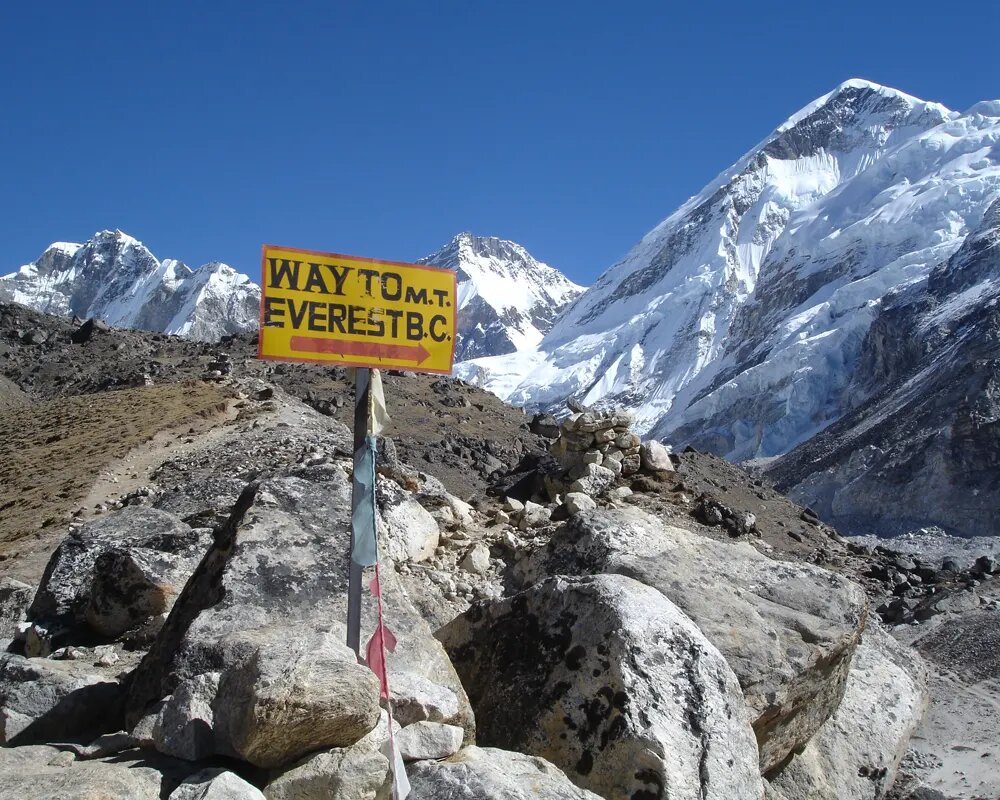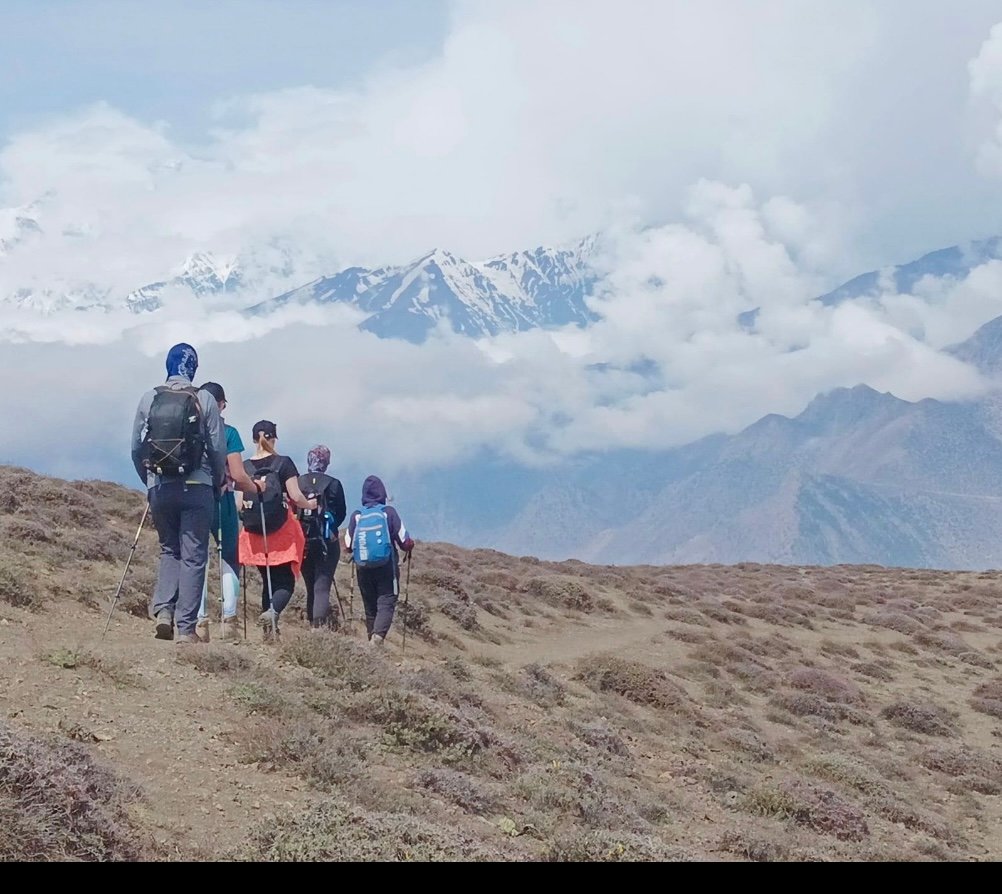Why Nepal is the Cheapest Destination for Trekking and Hiking
Why Nepal is the Cheapest Destination for Trekking and Hiking

August 1, 2025

Nepal, nestled in the lap of the mighty Himalayas, is a dream destination for trekkers, hikers, and adventurers from all over the world. With its breathtaking landscapes, rich cultural heritage, and unparalleled mountain views, it offers the quintessential trekking experience. What makes Nepal even more appealing is its affordability. For budget-conscious travelers, Nepal is a haven where you can explore some of the world’s most stunning trails without breaking the bank.
In this blog, we will delve deeper into why Nepal is considered the cheapest destination for trekking and hiking. We will explore various aspects, including the low cost of food, accommodations, permits, guides, transport, and more. Additionally, we will provide tips and tricks to ensure you make the most out of your trekking experience without overspending.
1. Cost-Effective Accommodation Options
One of the primary reasons Nepal is so affordable for trekking is the availability of budget-friendly accommodations. Whether you are in the bustling streets of Kathmandu or the remote trails of the Himalayas, you will find a range of options catering to every budget.
Tea Houses: The Backbone of Trekking in Nepal
Tea houses are small, family-run lodges that are strategically located along trekking trails. They provide basic accommodations with minimal facilities, such as a bed, shared bathrooms, and sometimes a common dining area. Most tea houses charge as little as 2to2 to 5 per night, especially in less commercialized regions.
In popular trekking areas like the Annapurna Circuit or Everest Base Camp, tea houses are plentiful, ensuring trekkers have access to affordable stays throughout their journey. While the amenities may be basic, the warm hospitality of Nepali hosts makes the experience priceless.
Camping Options
For those who prefer a more rugged and adventurous experience, camping is a viable option. Guided camping treks are slightly more expensive due to the need for equipment, porters, and cooks, but they are still relatively cheaper when compared to similar experiences in other trekking destinations worldwide.
Affordable Hotels in Cities
In Kathmandu, Pokhara, and other urban centers, budget hotels and hostels are widely available. Prices start as low as 5to5 to 10 per night for clean and comfortable rooms. Luxury accommodations are also available at a fraction of the cost you would pay in Western countries.
2. Low-Cost Food and Drinks
Another factor that makes trekking in Nepal affordable is the low cost of food and drinks. Meals in Nepal are not only inexpensive but also hearty and nutritious, which is essential during long treks.
Dal Bhat Power: 24-Hour Energy
The staple Nepali meal, Dal Bhat (lentil soup and rice), is a favorite among trekkers. It is not only delicious but also offers unlimited servings in most places. A plate of Dal Bhat costs around 3to3 to 5 in tea houses, making it an excellent value for money. The meal is rich in carbohydrates and protein, providing the energy needed for trekking.
Local Snacks and Drinks
Nepali tea (chiya), Tibetan bread, momos (dumplings), and other local snacks are widely available and extremely affordable. Bottled water and soft drinks are more expensive as you ascend into higher altitudes, but trekkers can save money by carrying water purification tablets or filters.
3. Inexpensive Trekking Permits
Trekking in Nepal requires permits, but the costs are relatively low compared to permits in other countries. The two most common permits are:
- TIMS (Trekkers’ Information Management System) Card: 10to10 to 20 depending on whether you are trekking independently or with a guide.
- National Park or Conservation Area Fees: These vary depending on the region but typically range from 20to20 to 30.
For example, trekking the Annapurna Circuit would require an Annapurna Conservation Area Permit (ACAP) and a TIMS card, totaling around $50. These costs are minimal considering the stunning landscapes and experiences you gain.
4. Affordable Transportation
Transportation in Nepal is another reason why trekking here is so budget-friendly. From flights to buses and shared taxis, there are plenty of options to suit every traveler’s budget.
Domestic Flights
For trekkers heading to remote areas like Lukla (the gateway to Everest Base Camp), domestic flights are available. While a round-trip flight to Lukla may cost around $300, it is still cheaper compared to similar flights in other mountain regions worldwide.
Public Buses and Shared Jeeps
For trekkers on a tight budget, public buses and shared jeeps are the most economical way to reach trailheads. For instance, a bus ride from Kathmandu to Pokhara costs around $10, and from Pokhara to the Annapurna Circuit starting point, it’s only a few dollars more.










